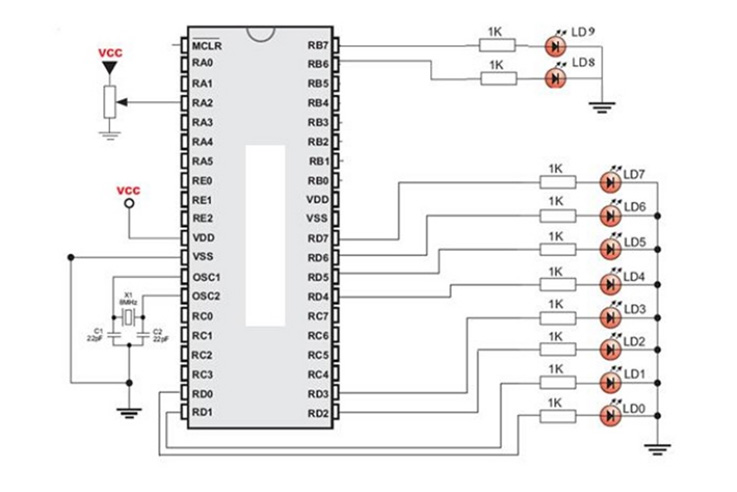There are sensors for a plethora of smart applications that can measure a wide range of parameters (e.g., temperature, light, acceleration, pressure, proximity, etc.). The real world data is analog. Therefore sensors typically provide analog data in the form of voltage (e.g., 0V-5V) and most of the time this data is later transformed into digital data.
In a smart application, the data from the sensors can be analyzed by the brain of a microcontroller unit (MCU) which is a central processing unit (CPU). But the CPU can only understand digital information. Therefore, it is necessary to have an analog-to-digital-converter (ADC) as an interface between the sensor’s data and the CPU to transform the analog information into digital information.

Depending on the intended application and budget, sometimes it is better to use an external ADC, but microcontrollers with built-in ADCs are becoming more popular as they tend to give the same functionality. They provide many advantages especially for IoT applications because they can extend battery life and they can also provide BOM reduction.
There are many types of ADCs architectures in the market (e.g. flash, successive approximation register, pipeline, and sigma-delta). The successive-approximation-register (SAR) is the most frequently used for data acquisition because it is low power, cost-effective and it has a very small footprint. It is possible to find SARs with resolution of 10-bit and 12-bit for low powering sensing at a low cost. However, sigma-delta ADC architectures are more commonly used in modern voice band and audio applications because it uses oversampling, and it has effective sampling rates of few hundreds of hertz. Sigma-delta ADC architectures are available in resolutions from 12 bits to 24 bits at a moderate cost.
Many MCU developers are offering microcontrollers with built-in ADCs not only for IoT sensor but for motor control, industrial processing control, medical, home appliances, and touch sensing and automotive systems. There are many MCUs technologies and there are cases where one developer sells multiple architectures. For example, Microchip sells PIC and AVR architectures while Analog Devices sells ARM and 8052 architectures.

Leave a Reply